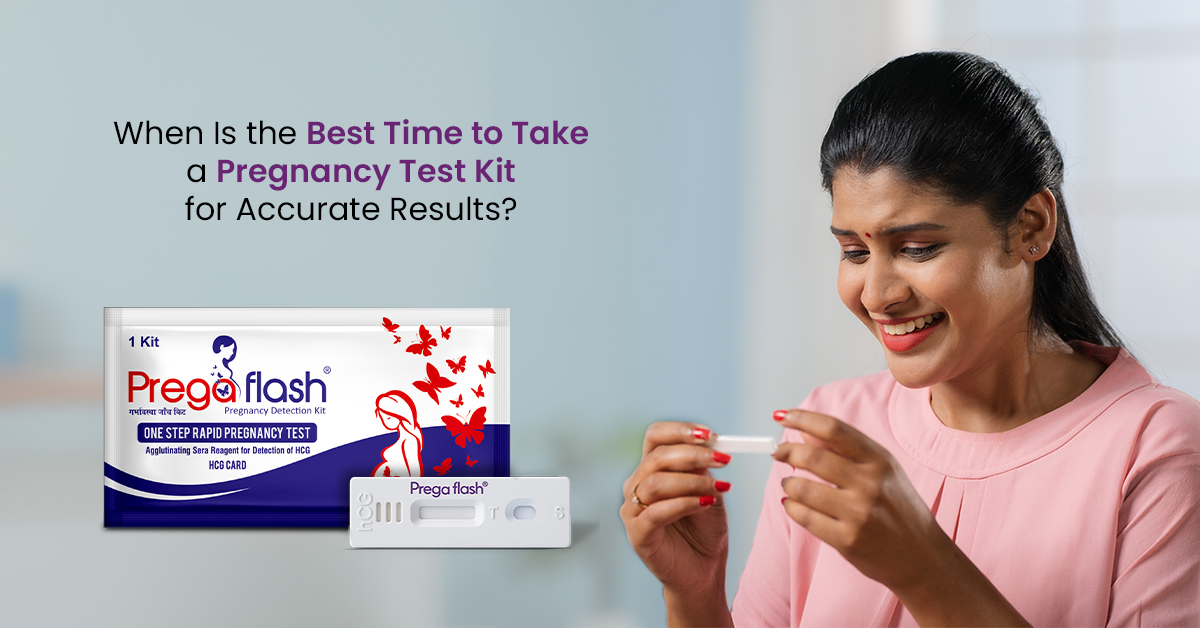
Taking a pregnancy test is one of the most emotionally charged experiences for many women. Whether you’re hoping for a positive result or feeling anxious about the possibility, timing plays a massive role in getting the clarity you need. Test too soon, and you risk confusion. Test too late, and you may feel unnecessary stress.
The good news? Understanding when to take a pregnancy test makes a world of difference. With the right knowledge, you can maximize accuracy and gain peace of mind. This guide walks you through the science behind timing, common mistakes, and how to ensure your results are as reliable as possible.
Pregnancy tests don’t magically detect pregnancy—they work by identifying hCG (human chorionic gonadotropin), the hormone produced after an embryo implants in the uterus. But here’s the catch: hCG doesn’t appear instantly. It takes a few days to rise high enough to be detected in your urine.
That’s why timing is critical. If you test too early, your hCG may be too low, leading to a false negative. Wait until the right time, and you’ll get a clearer, more reliable answer. Think of it as baking a cake—take it out of the oven too soon, and it’s undercooked. Wait until the timer’s right, and it’s perfect.
The gold standard is to test on or after the first day of your missed period. By then, most women will have enough hCG in their system for detection. This is the sweet spot for reducing the risk of false negatives.
In fact, many gynecologists recommend waiting a few extra days after your missed period to be sure. The longer you wait, the more hCG accumulates, and the more accurate your result will be.
Some advanced kits, like early detection pregnancy tests, claim to work 6 days before your missed period. While this sounds tempting, it comes with risks. Testing too early often leads to emotional rollercoasters: one day negative, two days later positive.
Early testing can give hope, but it’s always wise to confirm again after your missed period. It’s not about the kit—it’s about how your body’s hormone levels rise.
One of the most asked questions is: “Should I test in the morning?” The answer depends on timing.
If you’re testing before or right after your missed period, then yes—first-morning urine is ideal. It’s more concentrated, giving the test a better chance of picking up hCG.
But if you’re testing a week after your missed period, you can test at any time of day with high accuracy. By then, hCG levels are high enough that concentration matters less.
hCG is the real game-changer here. After implantation, hCG levels double every 48–72 hours in early pregnancy. That’s why one test might be negative today and positive just two days later.
If your first test is negative but your period hasn’t arrived, don’t panic. Simply wait two or three days and test again. This slow rise is completely normal, and repeating the test increases your chances of catching the hormone at detectable levels.
Even with perfect timing, mistakes can skew your results. Here are a few pitfalls to avoid:
Each of these can make the difference between a clear result and an uncertain one.
Here are some practical tips:
When it comes to accuracy, not all kits are equal. The Pregaflash Pregnancy Test Kit is designed to make your journey smoother:
Pregaflash helps you take control of one of life’s most important moments—without unnecessary doubt or stress.
Pregnancy testing is a mix of science and timing. The best time to take a pregnancy test is on or after your first missed period, with first-morning urine being ideal in the early days. If your result is unclear, give your body a little more time and test again in a couple of days.
Above all, remember: this is just the first step. A doctor’s confirmation is always recommended for accurate and reliable results.
And if you want to test with confidence, choose the Pregaflash Pregnancy Test Kit—your partner in getting quick, clear, and accurate answers when you need them most.